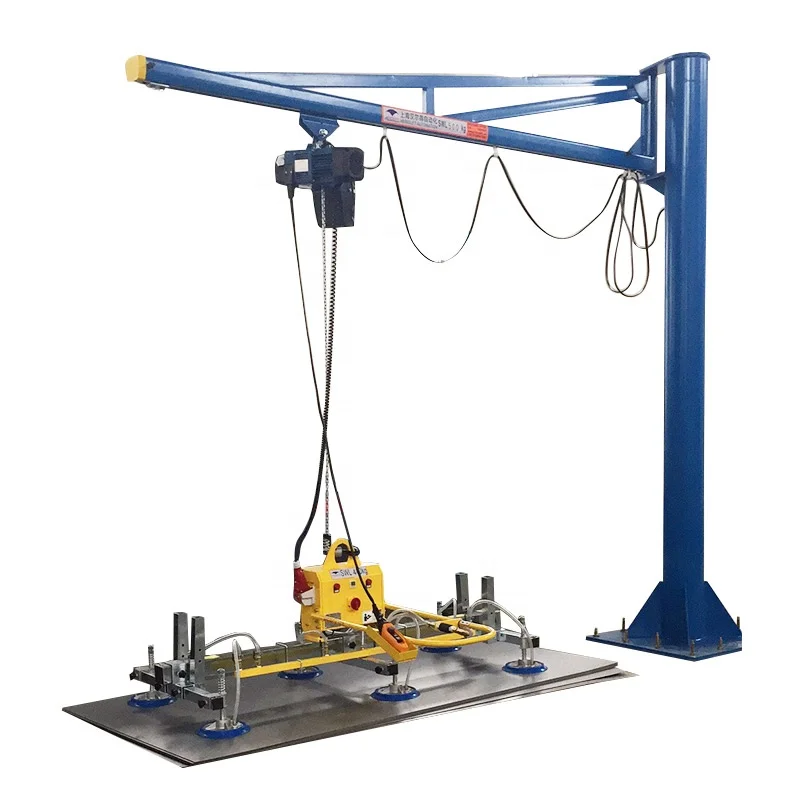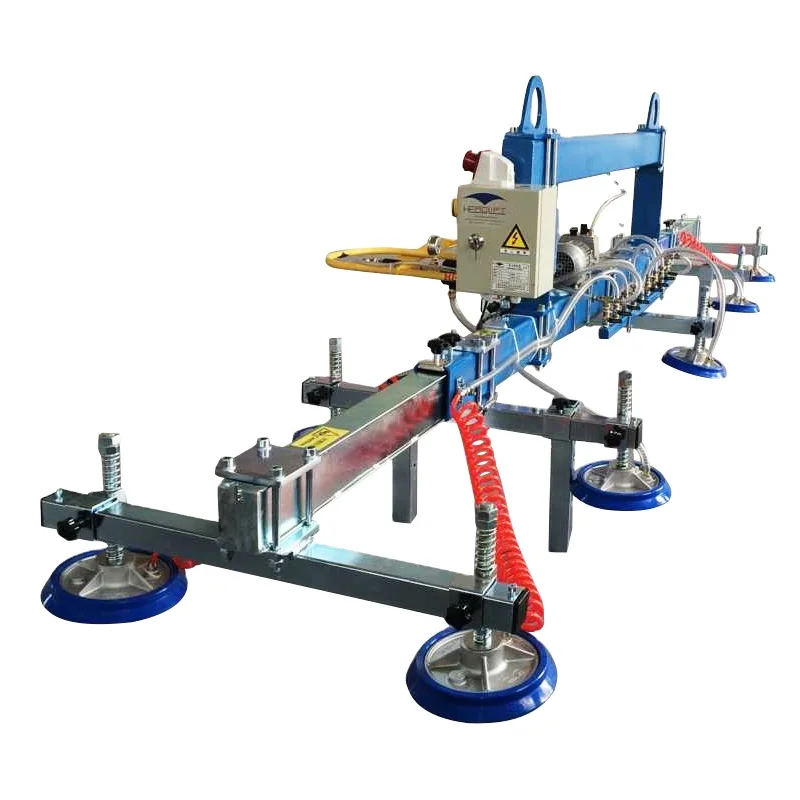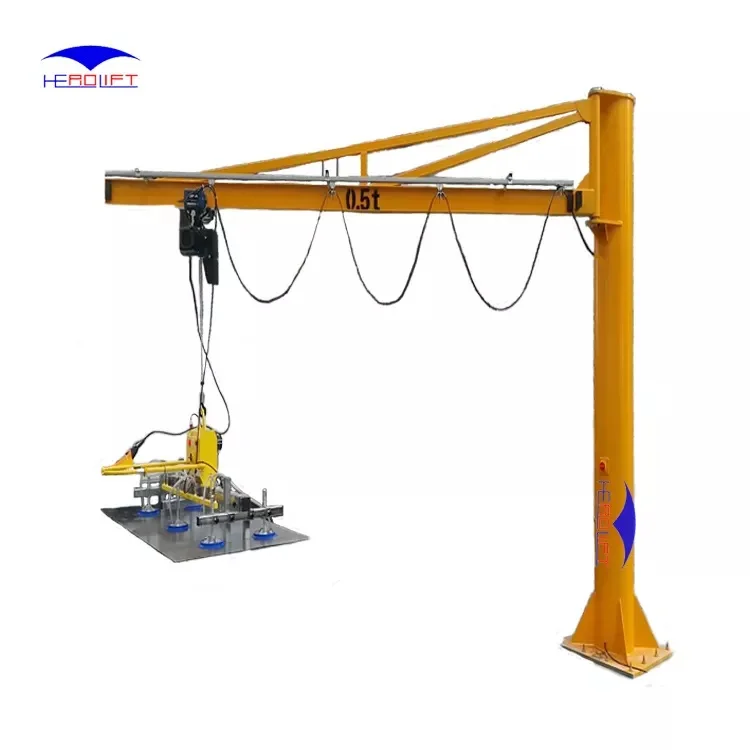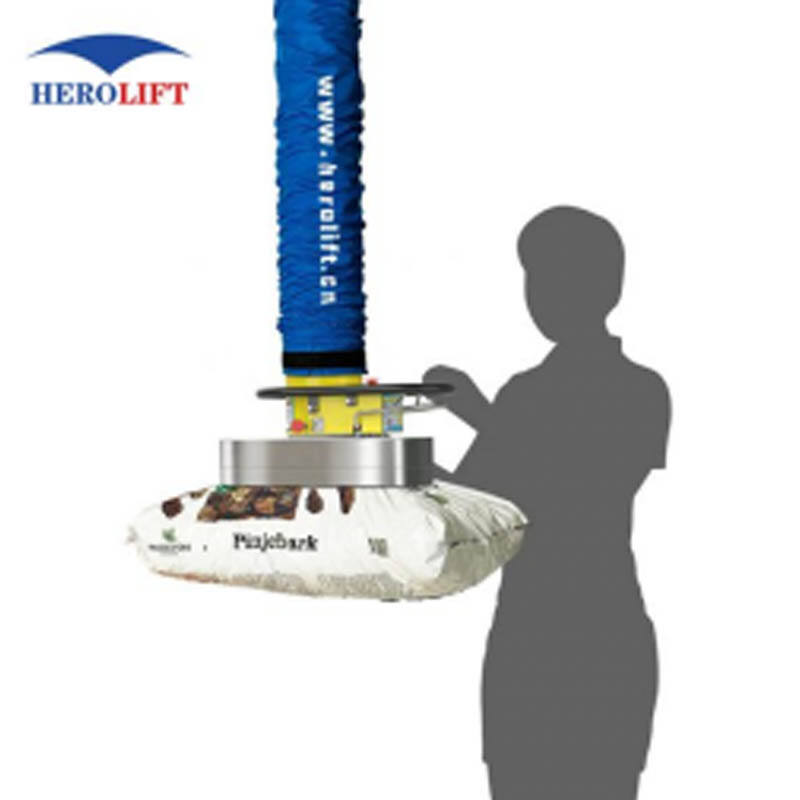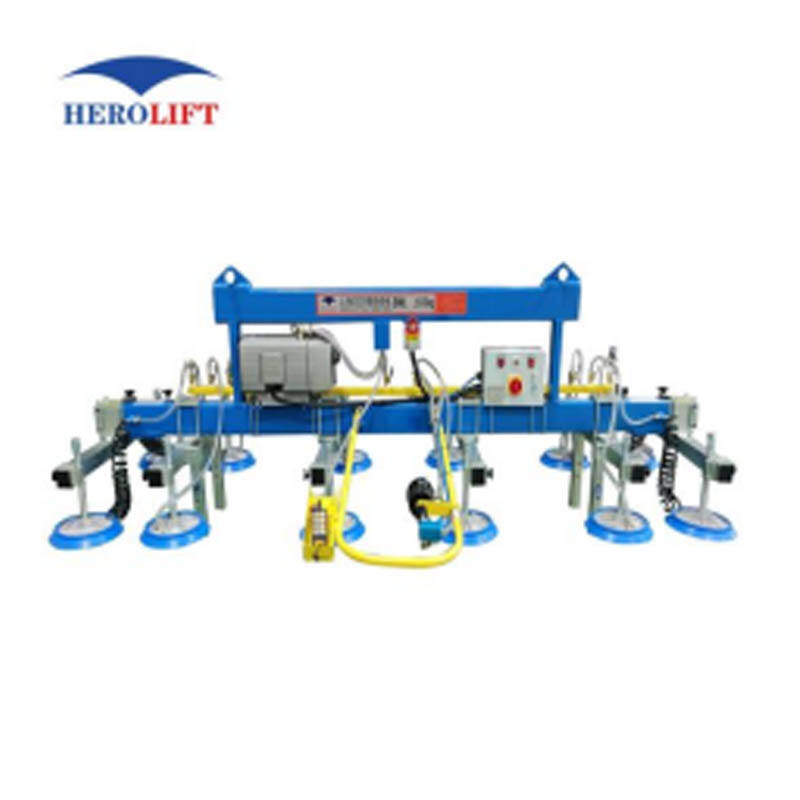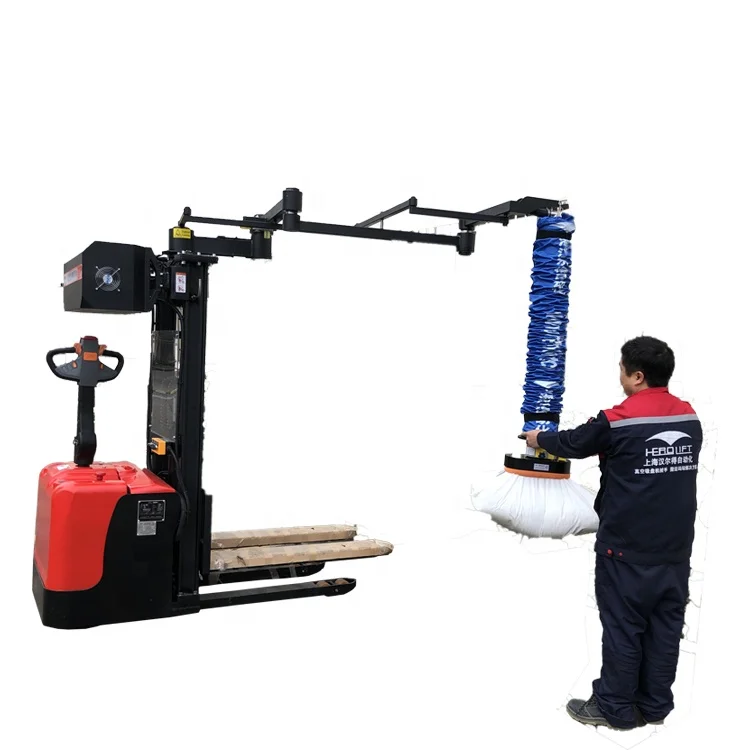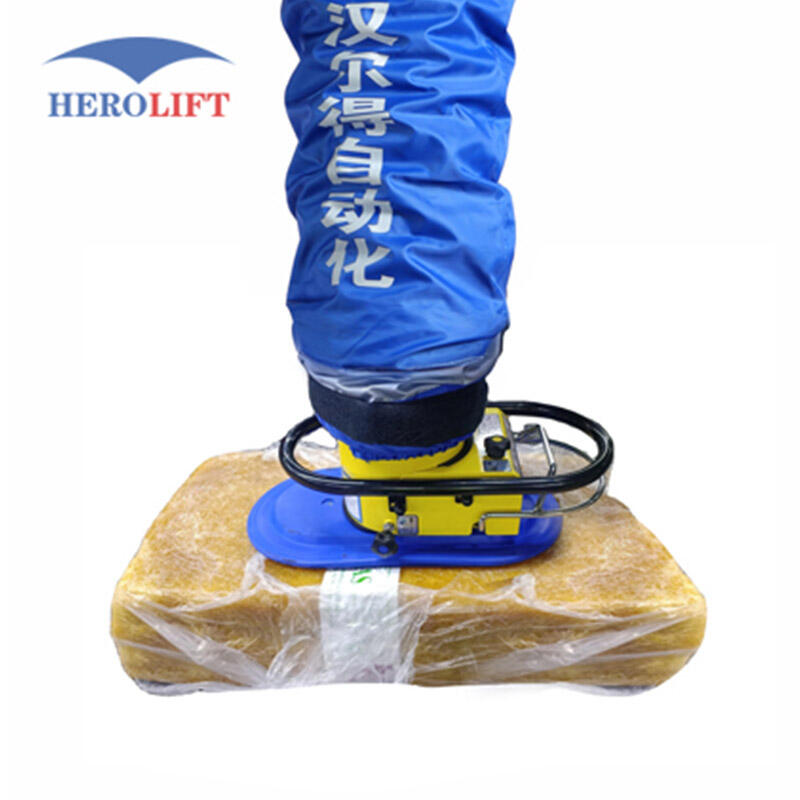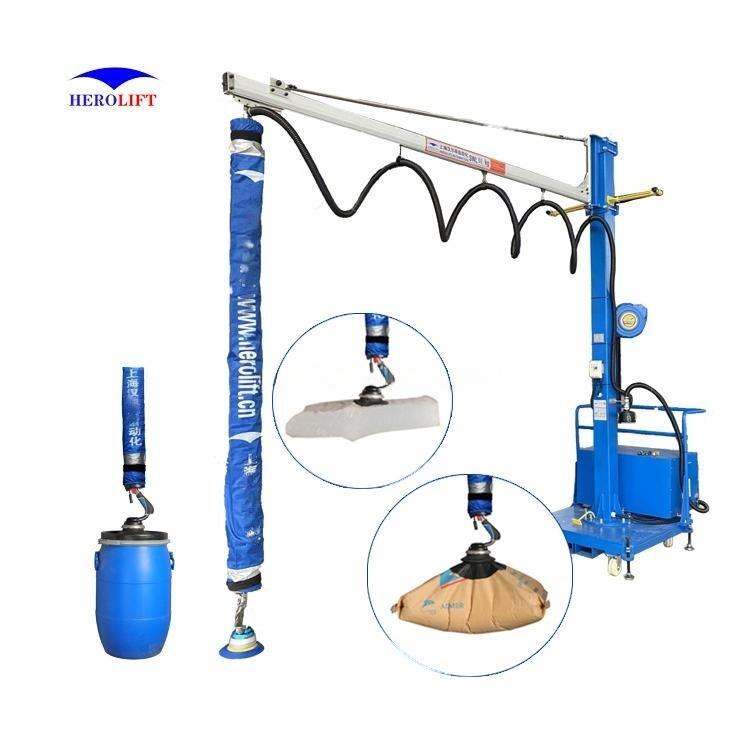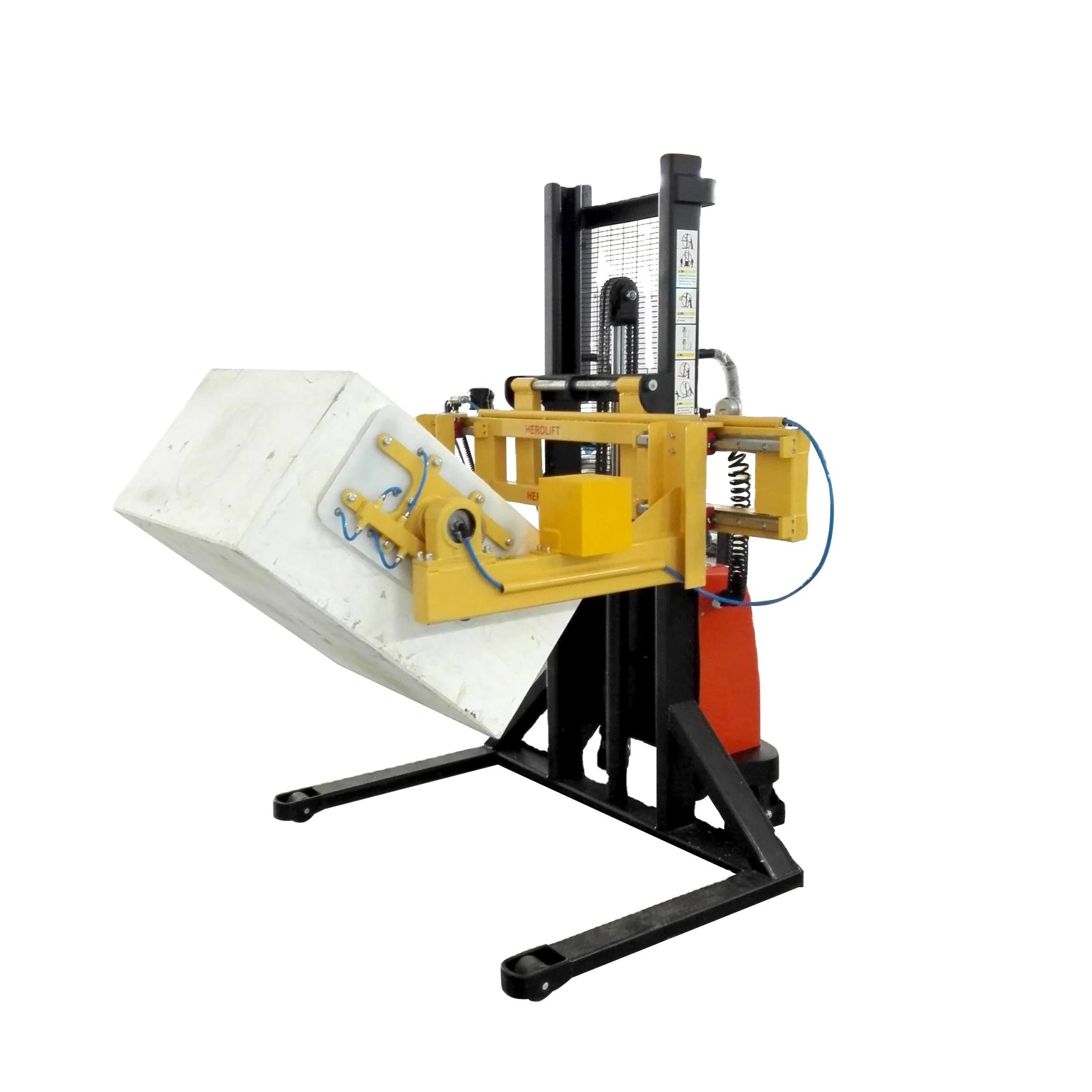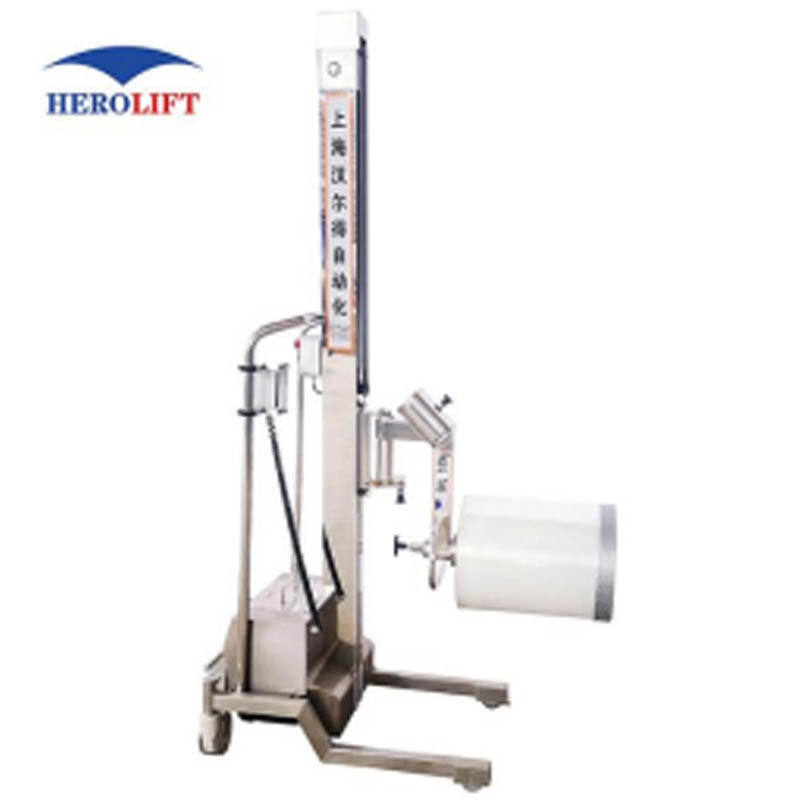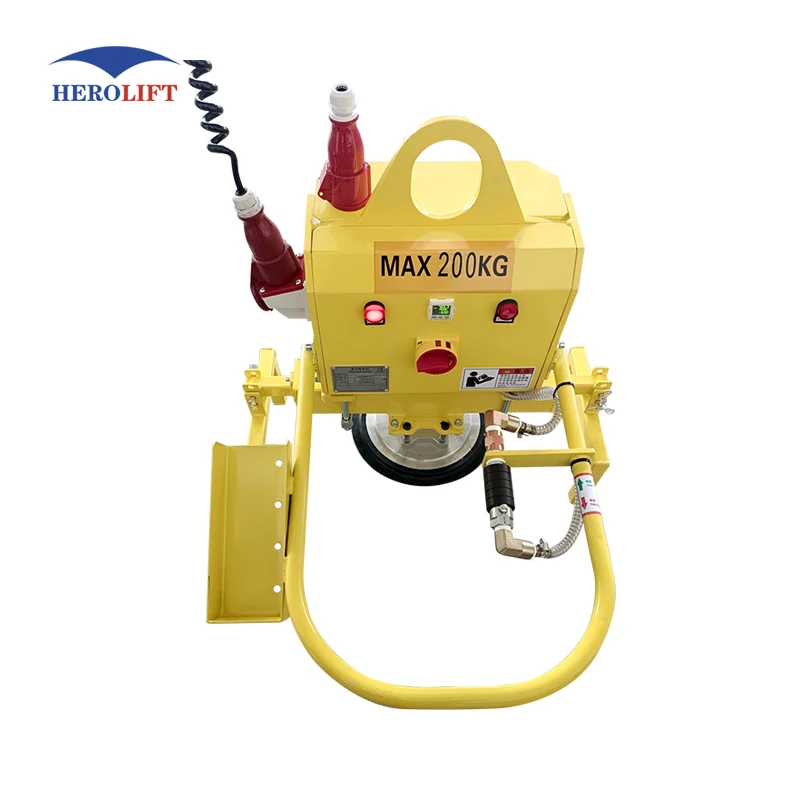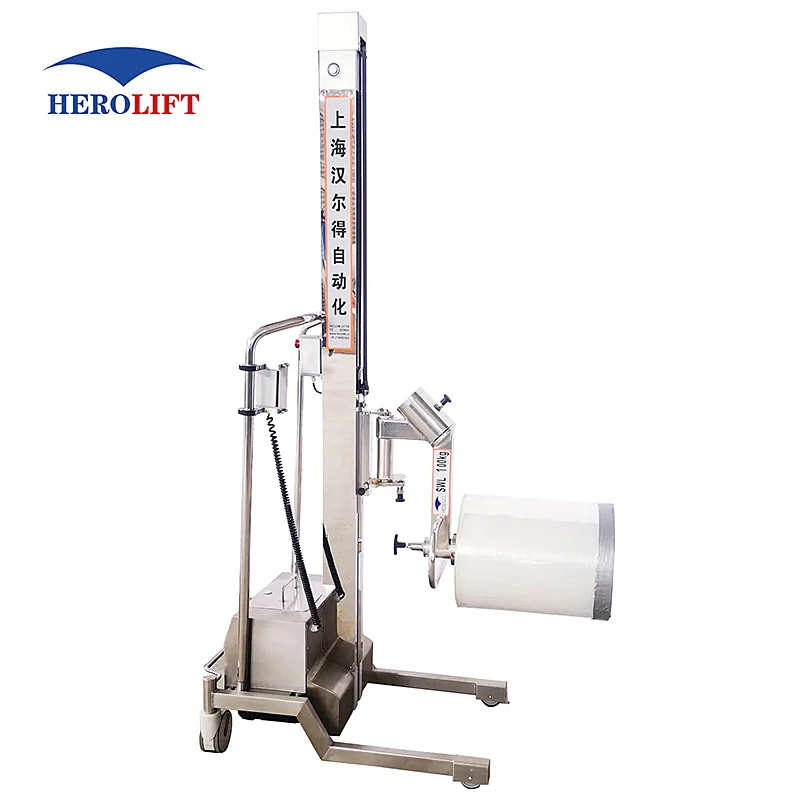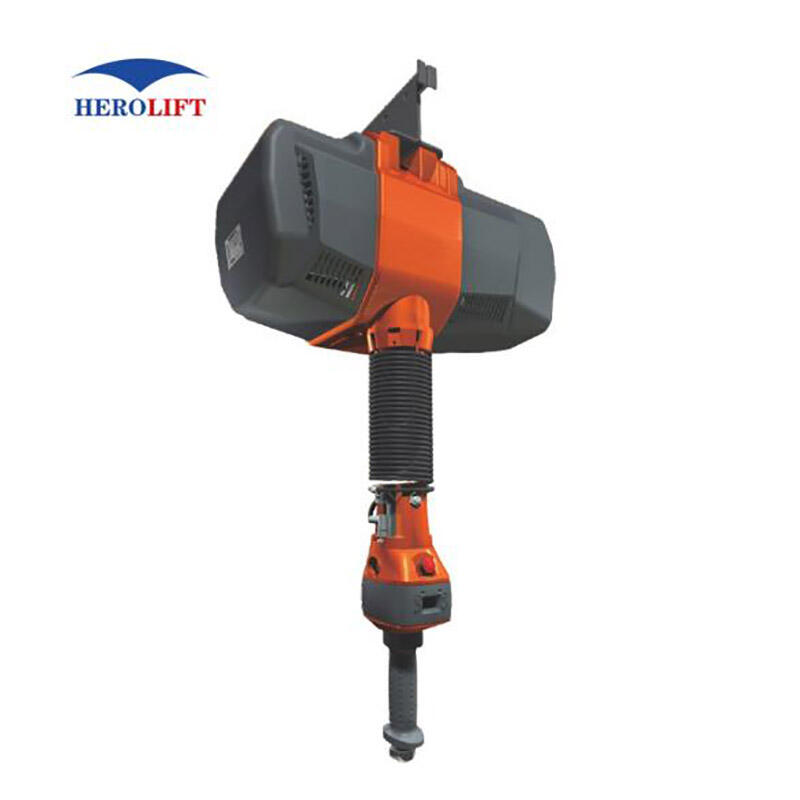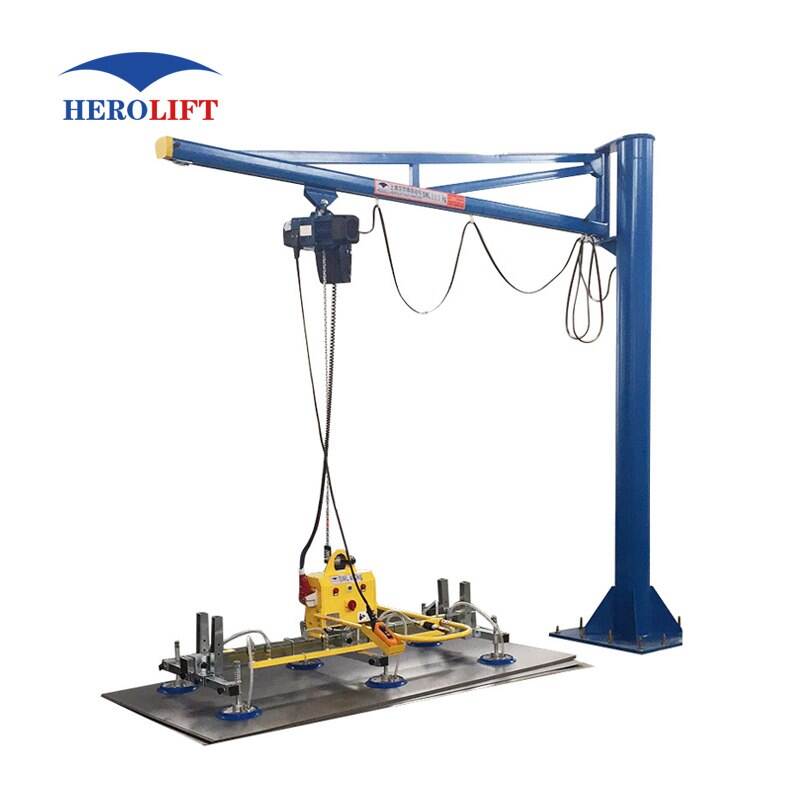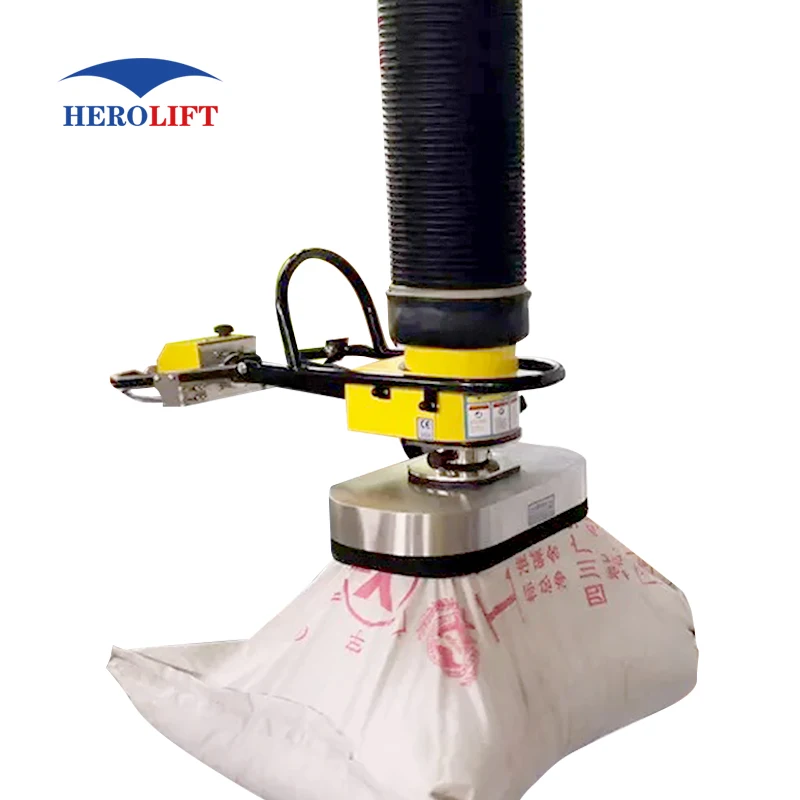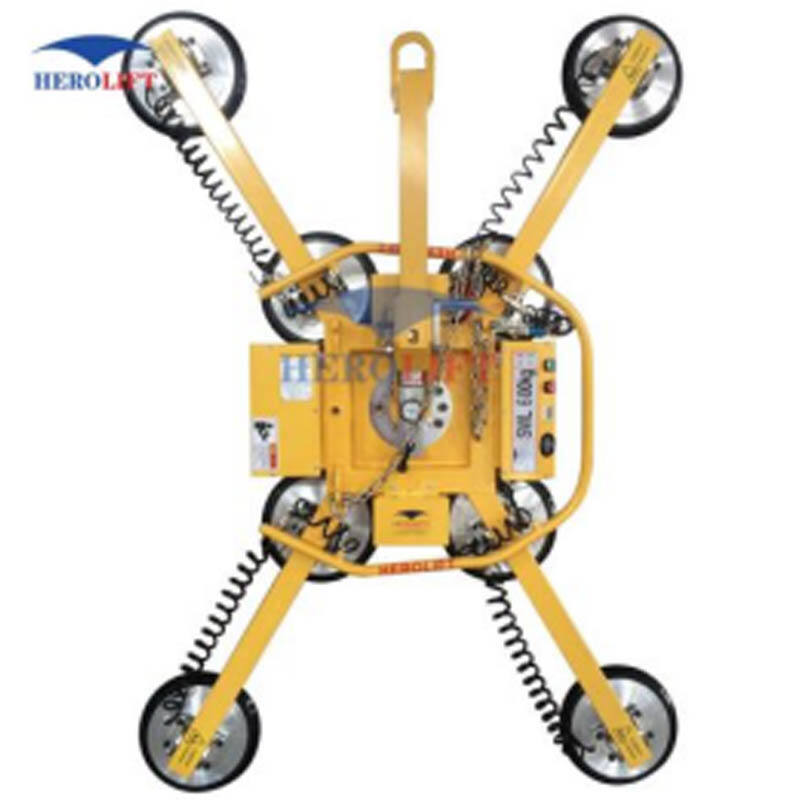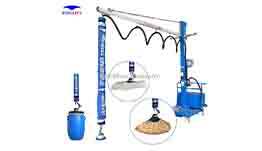Understanding Pneumatic Vacuum Lifts and Valves: Comparison to Hydraulic Lifts
In the material handling and vertical transportation sectors, pneumatic systems have gained tremendous attention due to their efficiency and versatility. Two key components in this area are pneumatic vacuum lifts and pneumatic vacuum valves. This article will explore how these systems operate, their applications and how they compare to hydraulic elevators to gain a complete understanding of their capabilities.

What is a pneumatic vacuum lift?
A pneumatic vacuum lift is a device that uses air pressure to lift and move heavy objects. It works by creating a vacuum that adheres to the surface of the load, allowing for safe and efficient handling. These lifts are particularly useful in industries where materials are fragile or awkwardly shaped, such as glass, sheet metal and packaging materials.
The lift consists of a vacuum pad, a pneumatic vacuum valve, and a control system. Vacuum pads form a seal against the object, while pneumatic vacuum valves regulate airflow to maintain vacuum. The system enables operators to lift and transport items with minimal physical exertion, reducing the risk of injury and increasing productivity.
How does a pneumatic vacuum valve work?

The pneumatic vacuum valve is a key component of the pneumatic vacuum lift. It controls the flow of air into and out of the vacuum system, ensuring vacuum is maintained while the lift is operating. The valve typically operates using a simple mechanism that opens and closes based on a pressure differential created by a vacuum.
When the lifter is activated, the valve opens, allowing air to be expelled from the vacuum pad, creating negative pressure to hold objects securely. Once the object is lifted, the valve can be adjusted to maintain the vacuum or release it when the load needs to be lowered. This precise control is critical to ensuring the safety and efficiency of the lifting process.
Pneumatic vacuum lift and hydraulic lift
Pneumatic vacuum lifts are designed for material handling, while hydraulic lifts have a different purpose: transporting people and goods vertically within a building. Understanding the differences between these two systems can help clarify their respective applications and advantages.
1. Operating Mechanism:
- Pneumatic Vacuum Lifts: These devices rely on air pressure and vacuum technology to lift objects. The vacuum is created by removing air from the sealed area, allowing the lift to adhere to the load.
- Hydraulic Lift-: In contrast, a hydraulic lift uses hydraulic oil to lift a piston inside a cylinder. When fluid is pumped into the cylinder, it raises the elevator car. The system is typically more powerful and can handle heavier loads over greater distances.
2. -Speed and Efficiency-:
- -Pneumatic Systems-: Pneumatic vacuum lifts are generally faster at load handling because they can quickly attach and detach objects. This speed is beneficial in environments where time is critical, such as manufacturing and warehousing.
- -Hydraulic System-: Hydraulic elevators may have slower acceleration and deceleration rates, but they provide smooth operation and can transport larger loads more efficiently over longer distances.
3. -Space Requirements-:
- -Pneumatic Lifts-: These systems are generally more compact and can be used in tight spaces, making them ideal for factories and workshops where space is at a premium.
- -Hydraulic Elevators-: Hydraulic systems require more space to install hydraulic cylinders and related components, which may limit their use in smaller buildings.
4. -Maintenance and Cost-:
- -Pneumatic System-: Pneumatic vacuum lifts generally have lower maintenance costs due to fewer moving parts and no need for hydraulic oil. However, they may require periodic inspections to ensure the vacuum seal is intact.
- -Hydraulic System-: Hydraulic elevators can be more expensive to maintain due to the complexity of the hydraulic system and the potential for fluid leaks. However, if properly maintained, they are known for their durability and longevity.
5. -Application-:
- -Pneumatic Vacuum Lifts-: These are widely used in manufacturing, packaging and logistics areas where fast and safe handling of materials is crucial.
- -Hydraulic Elevator-: Hydraulic elevators are commonly found in commercial and residential buildings and are ideal for transporting people and heavy objects between floors.

In conclusion
Pneumatic vacuum lifts and pneumatic vacuum valves play a vital role in modern material handling, providing efficient and safe solutions for lifting and transporting various loads. While they share some similarities with hydraulic elevators, their operating mechanisms, speeds, space requirements and applications are quite different. Understanding these differences can help businesses choose a system that fits their specific needs, ultimately making their operations more productive and safer. As the industry continues to evolve, the need for efficient lifting solutions such as pneumatic vacuum lifts is likely to grow, making them an important part of the material handling world.

 EN
EN
 AR
AR
 HR
HR
 DA
DA
 NL
NL
 FR
FR
 DE
DE
 EL
EL
 IT
IT
 JA
JA
 KO
KO
 NO
NO
 PL
PL
 PT
PT
 RO
RO
 RU
RU
 ES
ES
 SV
SV
 TL
TL
 ID
ID
 LV
LV
 LT
LT
 SR
SR
 SL
SL
 UK
UK
 VI
VI
 HU
HU
 TH
TH
 TR
TR
 AF
AF
 MS
MS
 GA
GA
 BE
BE
 MK
MK
 AZ
AZ
 UR
UR
 EO
EO
 LA
LA
 MN
MN
 KK
KK

